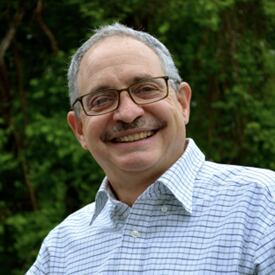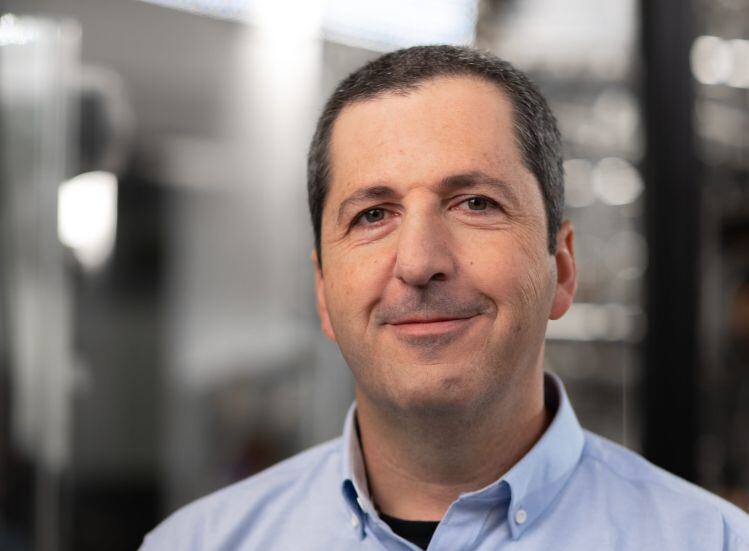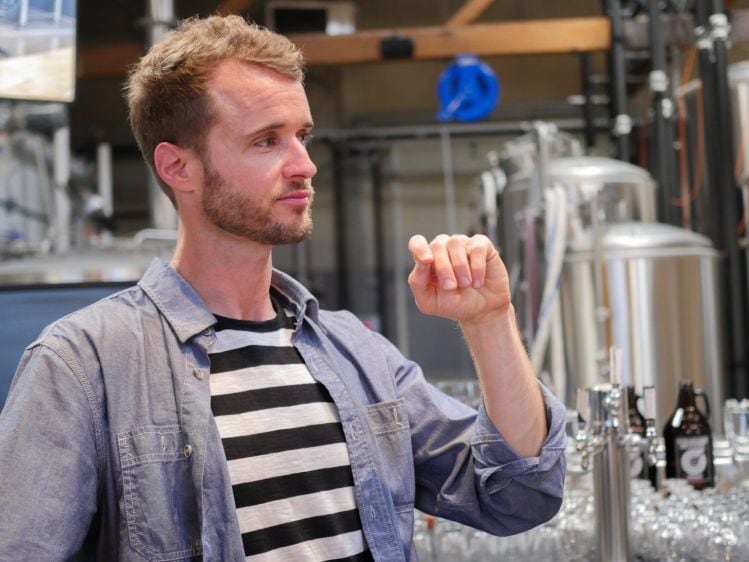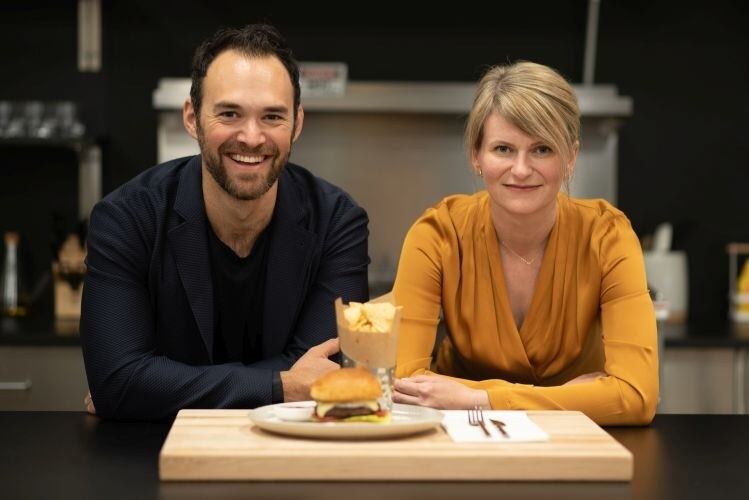“Talk is cheap,” Dr Uma Valeti, founder and CEO at California-based cultivated meat startup UPSIDE Foods told delegates at the Tufts University Cellular Agriculture Innovation Day. “So let’s prioritize action, and… take the constructive criticism, but keep moving forward.
“It seems daunting and overwhelming when you think it could be 10, 20, 30 years [before cultivated meat really takes off]," conceded Valeti, who founded UPSIDE Foods (then Memphis Meats) in 2015 and edged a step closer to commercialization in the US in November after receiving a ‘no questions’ letter from the FDA affirming the safety of its process for manufacturing cell-cultured chicken.
"But I don't think that’s a long horizon at all when you think that meat [from slaughtered animals] has been around for thousands of years.”
While this is true, it presents something of a conundrum for venture-backed startups that may run out of cash long before Americans start eating meat made in bioreactors en masse, acknowledged Amir Zaidman, chief business officer at The Kitchen FoodTech Hub in Israel.
Hence the shift in focus to investing in firms developing the ‘picks and shovels’ that will support the nascent industry as a whole, said Zaidman, who has invested in cultivated meat and seafood firms Aleph Farms, Wanda Fish and Forsea, but is now looking at enabling tech.
“Looking at it from the investor side, from the venture side, I would say that another company doing cultivated [meat, poultry or seafood] is no longer interesting unless you're in China and you're going after the Chinese market.
“What we're looking for right now is the next generation of companies that will create the tools that will bring those companies to where they need to be… those enabling technologies.”
Ark Biotech: ‘We need a lot more bioreactors…’
These now span a wide range of areas from cell sourcing, media composition, and bioprocess scale up to analytical tools helping the industry optimize their cell lines, media, and process to deliver specific nutritional or sensory goals, said speakers from Merck, Thermo Fisher Scientific, Waters Corporation, BioFeyn, Tufts University, UC Davis, Virginia Tech and the University of Vermont.
As for hardware – bioreactors for the initial cell proliferation phase and tissue maturation bioreactors enabling a second differentiation and maturation phase (which not all players are necessarily looking at, at least for the first wave of products) – it’s no secret that there’s a significant bottleneck, said Dr. Natalie Rubio, head of process science at Boston-based startup Ark Biotech.
“We need a lot more bioreactors and they also need to be a lot larger, a lot cheaper, and designed specifically to make cultured meat.
"If you add up all the bioreactor capacity that exists worldwide, it falls between 10-20m liters of bioreactors, and if we started using all of them to make cultured meat instead of pharma products like they are now, it wouldn't even be enough to feed 1% of the US population."
At Ark Biotech, she claimed, “Our bioreactor designs are easier and quicker to install and we're also starting to work with advanced modeling tools to ease the burden of commissioning, so we estimate that compared to traditional approaches, our systems will be between 40 and 80% cheaper. The design itself is more cost effective, but we're also making larger bioreactors than are currently available.”
To date, the largest 'stirred tank' bioreactors handling mammalian cell culture are around 20-25,000 liters, but will need to be orders of magnitude bigger than that to scale, she claimed (GOOD Meat, for example, recently struck a deal with ABEC to commission 250,000L bioreactors, moving into completely uncharted territory).
Asked whether this was feasible using stirred tank systems (which create shear forces that can damage cells in larger bioreactors where the contents need to be agitated to ensure the nutrients get to all the cells), she said: "We are not stirring the cells. Before we even got off the ground, we knew that stir tanks were not the answer."
‘These technologies are not going to be sustainable unless they are coupled with renewable energy sources’
With some studies suggesting cultivated meat has a lower global warming potential, eutrophication potential, and land use than that of conventional beef, but higher industrial energy use, firms also have to think carefully about how plants are powered, said Nicole Tichenor Blackstone, assistant professor in the division of agriculture, food, and environment at the Friedman School of Nutrition Science and Policy at Tufts University.
“These technologies are not going to be sustainable unless they are coupled with renewable energy sources. And so we need to be thinking about as plants are being developed, what's the grid behind it?”
(Further reading: What is the environmental impact of cultivated meat? LCA sheds new light, says SCiFi Foods)
Dr. Mark Post: ‘We are still far from cost effectiveness’
As for funding, the industry cannot be built with private capital alone, argued successive speakers.
“I'm very happy to see that there's major academic funding now as I've been lobbying for this for years, and it's gradually starting to happen," said Dr Mark Post, founder and CSO at Dutch cultivated meat pioneer Mosa Meat.
“Where I'm a little bit more concerned is that we are still far from cost effectiveness and also relatively far from resource efficiency, which is something we need to work on in the future, quite extensively.”
GFI’s 'global battle cry'
Governments around the world have recognized the need to invest in renewable energy and electric vehicles, said Good Food Institute founder Bruce Friedrich, and they need to do the same for more sustainable alternatives to industrialized animal agriculture.
“We’re not going to convince the world to consume fewer animal products, so we need to figure out how to deal with the issues that Mark flagged and bring prices [for less resource intensive alternatives] down. We need to figure out how to scale up these technologies. And that's going to be a function of governments helping us to build the ecosystem… so Mark and Uma don't have to shell out $500m in venture capital money for a factory.
“They need the same sorts of supports that renewable energy and electric vehicles have gotten, so that's our global battle cry.”
‘This is the one solution to food and ag that analogizes to renewable energy and electric vehicles’
If cultivated meat is an infant, noted several speakers, there’s growing recognition that it’s going to take a village to raise it.
And if that work is conducted by private companies in “silos, it's going to take a very long time,” said Friedrich. “And so that's why the government support that Mark has been advocating for for such a long time is so critically important.”
But things are changing, he added: “In the omnibus bill that passed in December, GFI got four of our top priorities into that bill. And three years ago, there was basically zero government funding other than the original funds that started Mark's lab more than a decade ago.
“We’ve now got hundreds of millions of dollars going into this space now, and the pitch to governments, if they care about renewable energy, and if they care about climate, biodiversity, global health, that pitch is: This is the one solution to food and ag that analogizes to renewable energy and electric vehicles.”
Building on the analogy of raising an infant, Isha Datar, executive director at New Harvest, a nonprofit supporting open, public cultured meat research, added: “As we raise this baby, how do we make sure that our North star is very much focused on sustainability goals? We can't lose sight of those goals along the way.”

The Tufts University Center for Cellular Agriculture (TUCCA) emphasizes interdisciplinary research involving engineers, biologists, nutrition researchers, veterinarians, and social scientists, said David Kaplan, a professor in the Department of Biomedical Engineering.
“Through our innovative, interdisciplinary and collaborative work, Tufts, along with its academic and industrial partners, is tackling some of the major challenges towards developing a new food system. These challenges include cell sourcing, media composition and costs, scale-up options, lifecycle analysis, nutrition, safety and many related technology needs.”
Image credit: Tufts University




